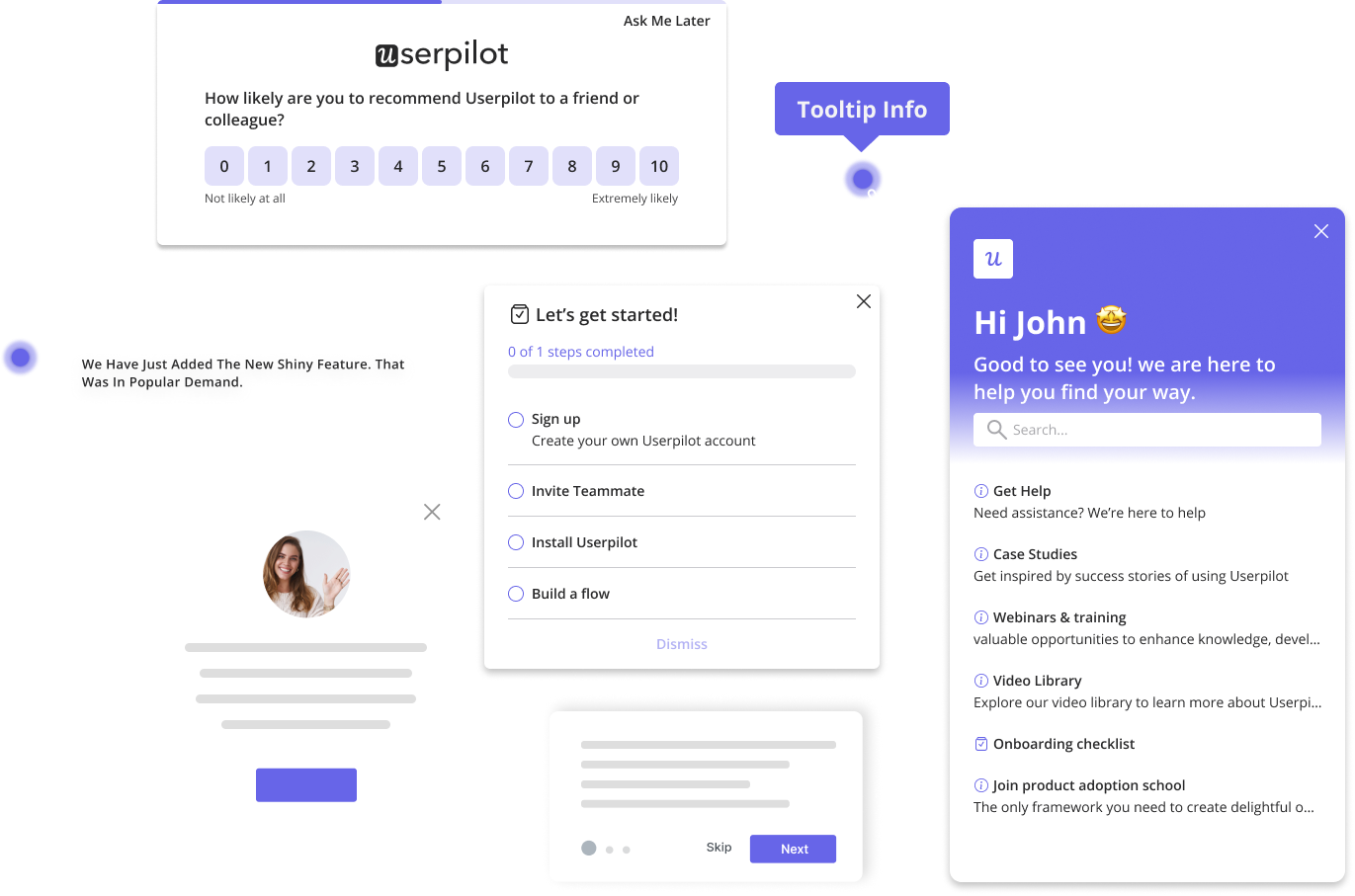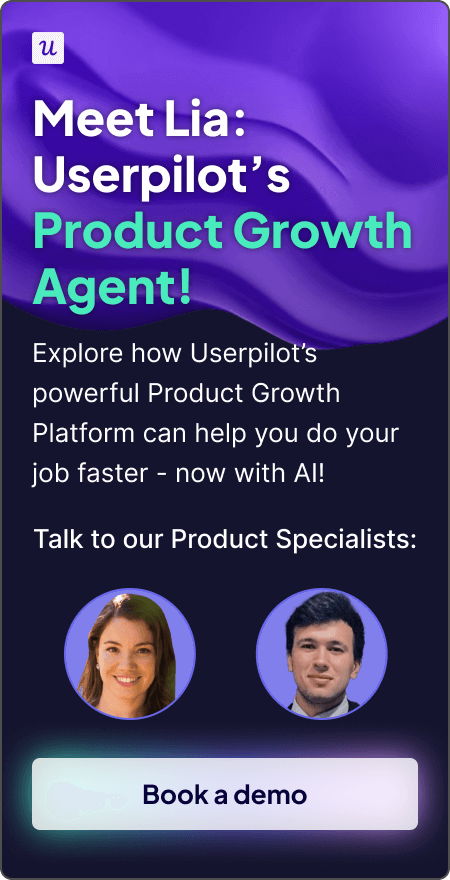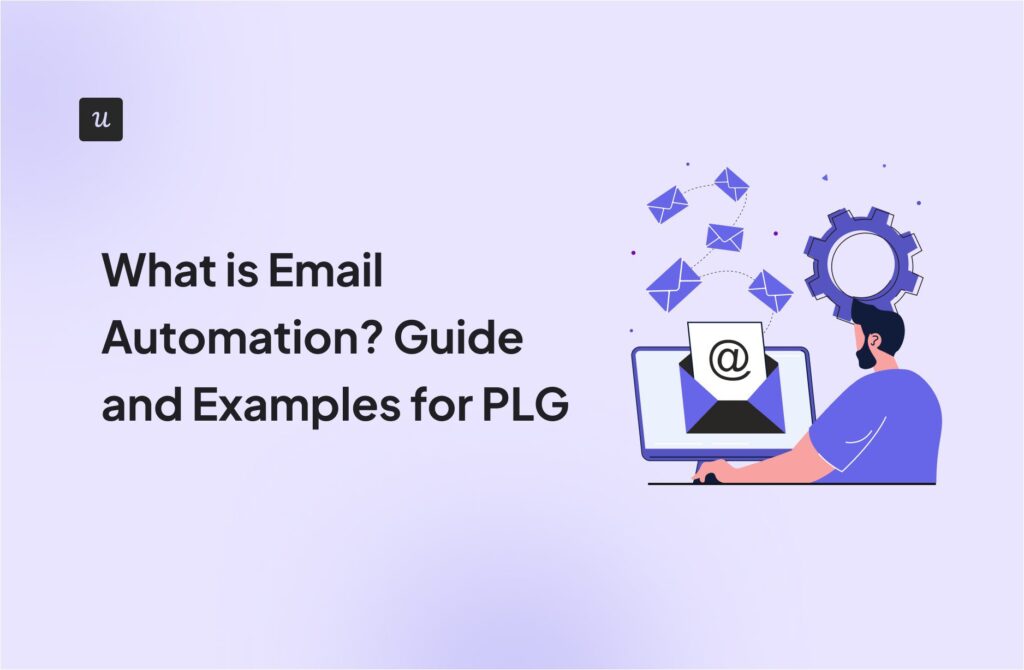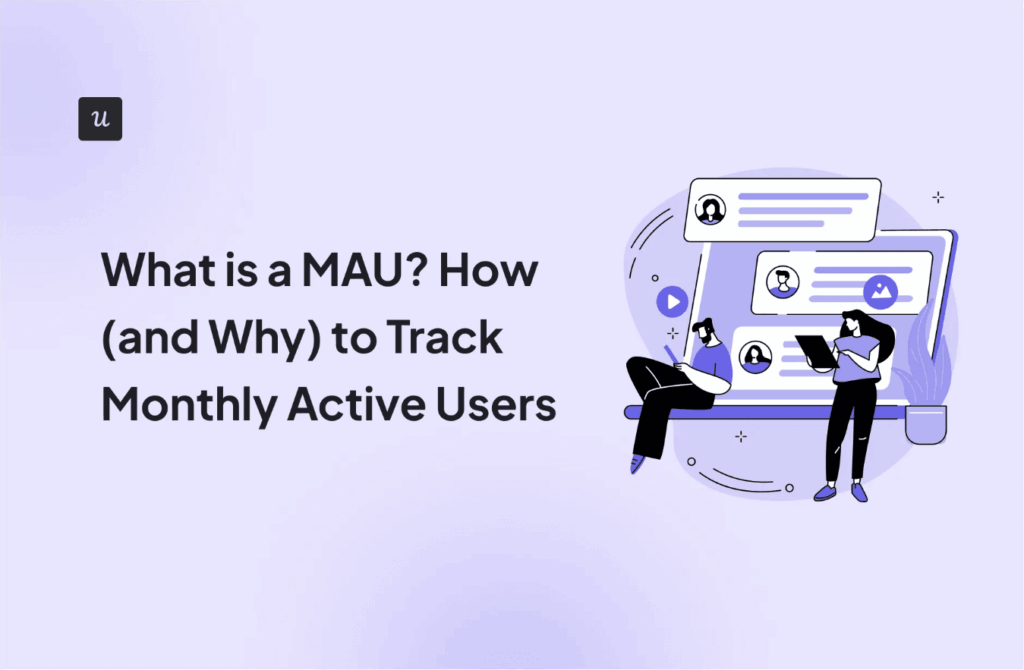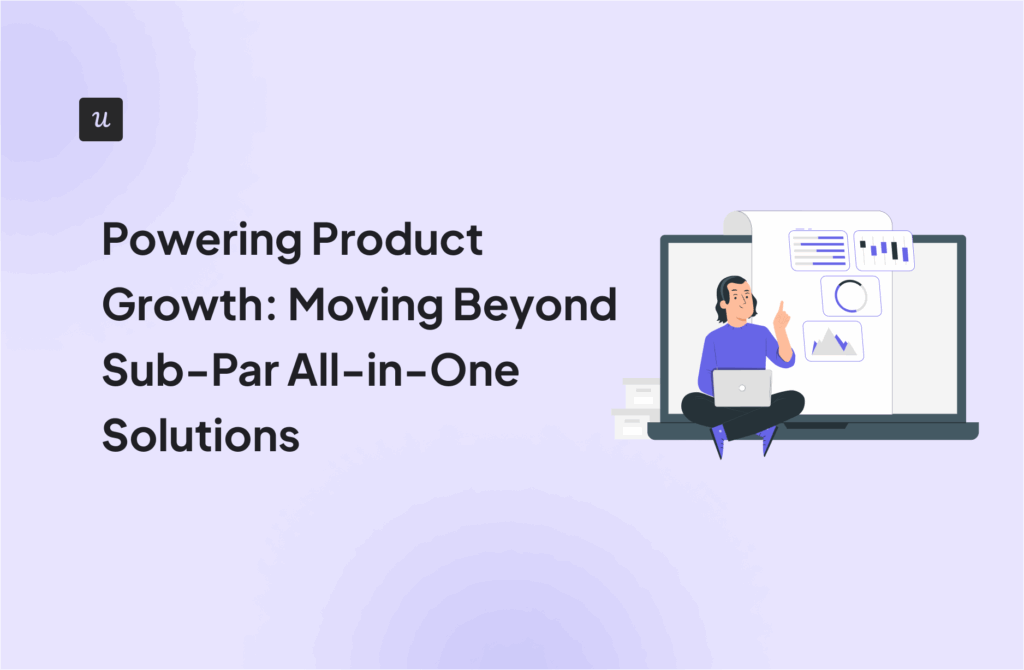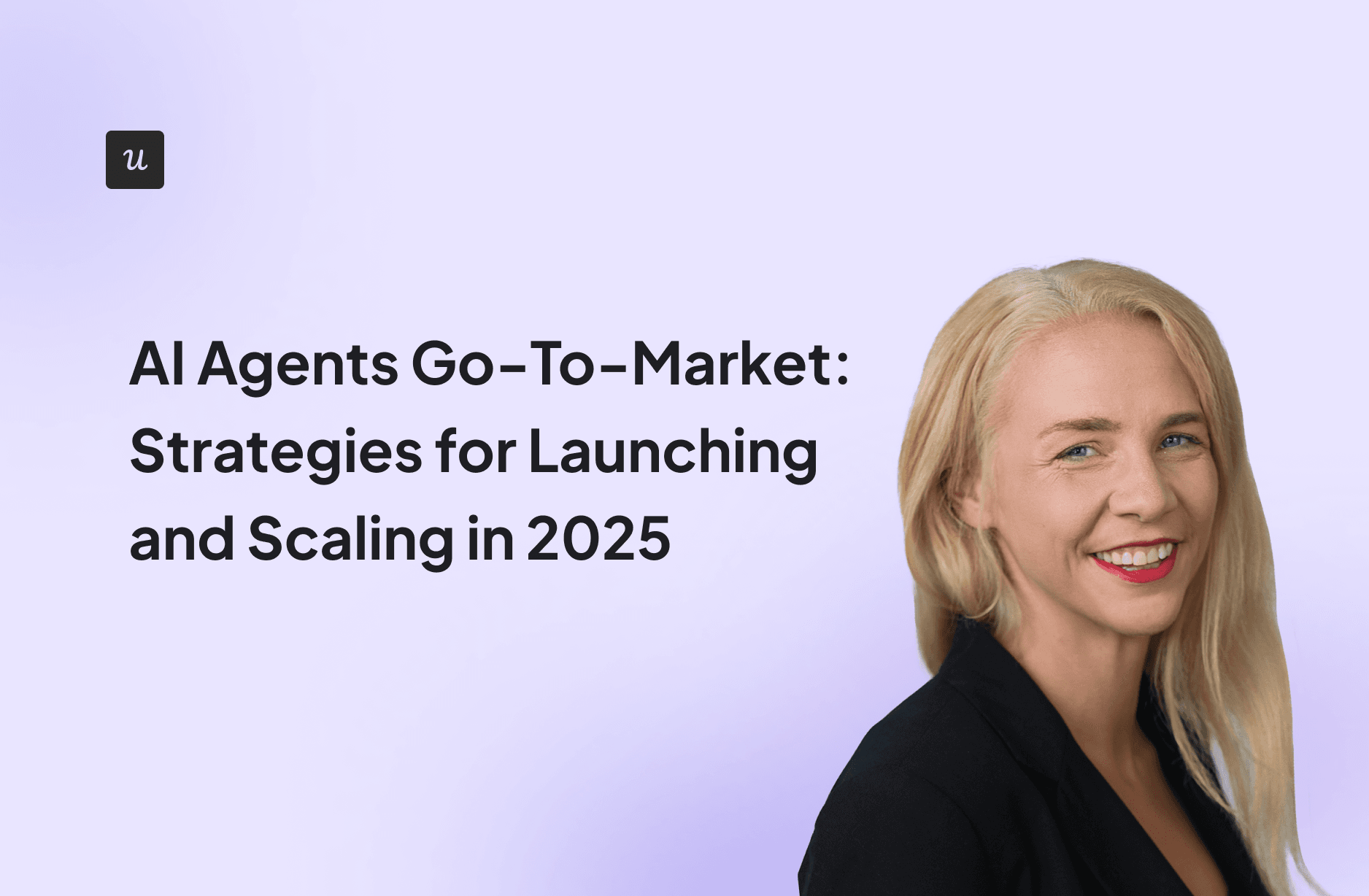
The rise of AI agents is reshaping the go-to-market playbook. Traditional SaaS models and product-led growth strategies often fall short for AI-powered products, which demand a new set of rules for acquisition, adoption, and monetization.
In this article, I’ll break down the key principles of AI agent GTM, inspired by the approach of Maja Voje, product leader and founder of Growth Labs.
You can also join Maja Voje’s Product Drive webinar on October 7 for more detailed insights. Whether you’re a founder, marketer, or product manager, this session will equip you with the frameworks and GTM motions you need to succeed in the AI era.
What’s Your Biggest AI GTM Hurdle?
Every AI product launch is unique. What’s the biggest challenge you’re facing right now in your AI GTM strategy?
Defining Your Niche
Positioning is key to cut through the noise. Are you building a broad solution or a specialized one?
Structuring Your Pricing
AI infrastructure costs are variable. How are you approaching your pricing model to protect margins?
Guiding Your First Users
AI onboarding can be complex. What’s your primary initial strategy to ensure users find value?
Ready to Optimize Your AI GTM?
Based on your challenges, a tailored GTM strategy is crucial. Userpilot can help you guide users to value, increase adoption, and drive growth for your AI product.
Try Userpilot Now
See Why 1,000+ Teams Choose Userpilot
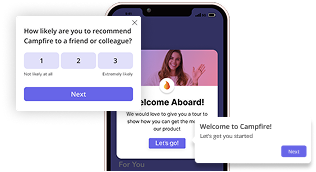
Why and how is the AI agent GTM different from the SaaS GTM?
Riding today’s AI hype wave, you can acquire your first thousand users surprisingly fast, sometimes with just a few LinkedIn posts or a $200 ad budget. But keeping those users is far more challenging for AI agents than for traditional SaaS. User expectations are sky-high. Because AI agents promise efficiency and productivity gains, even the slightest friction feels like failure, and users churn as quickly as they arrived.
On top of that, AI products come with a very different cost structure. Every user interaction consumes infrastructure resources and costs the company additional money, beyond hosting. That’s why pricing must be designed with these costs in mind from day one. For instance, offering a free tier without proper guardrails or smart upsell paths can erode margins fast; even a few hundred free users can overwhelm your infrastructure costs.
How do you launch and scale an AI Agent? 5 Lessons from Maja Voje
Maja worked with over 74 AI companies in the last 6 months alone and helped generate $200M+ ARR across the AI product portfolio following the playbook below.
1. Create a differentiated positioning, one that goes beyond “AI-powered”
AI is the underlying technology, not the end value delivered to the customer. Rather, you need to position your product based on outcomes.
Keep in mind that no buying decision happens in a vacuum. Your prospects are always comparing you to something that also solves their pain point, and it usually isn’t another AI agent. It could very much be doing nothing, an Excel sheet, a Zapier flow, a Notion automation, or even hiring a skilled freelancer to do the job.
Once you figure out what you are being stacked against, uncover the evaluation criteria: what is essential to the ICP, and how they are making the buying decision. A simple scoring model will help you surface your winnable angles you can emphasize in your messaging to be uniquely positioned to your target customers.
Depending on whether your AI Agent is vertical or horizontal, you’ll need to layer positioning differently.
- Horizontal AI Agents serve multiple personas by solving a common problem across industries. These bigger teams win in positioning as full-time employee replacement and pricing by outcomes because the work delivered by AI is going to be much cheaper than human labour.
- Vertical AI Agents are purposefully built for solving a specific use case for a well-defined ICP. They win by starting with an underserved or neglected market segment in their category. It’s easier to communicate value, gain traction, and secure customers early on.
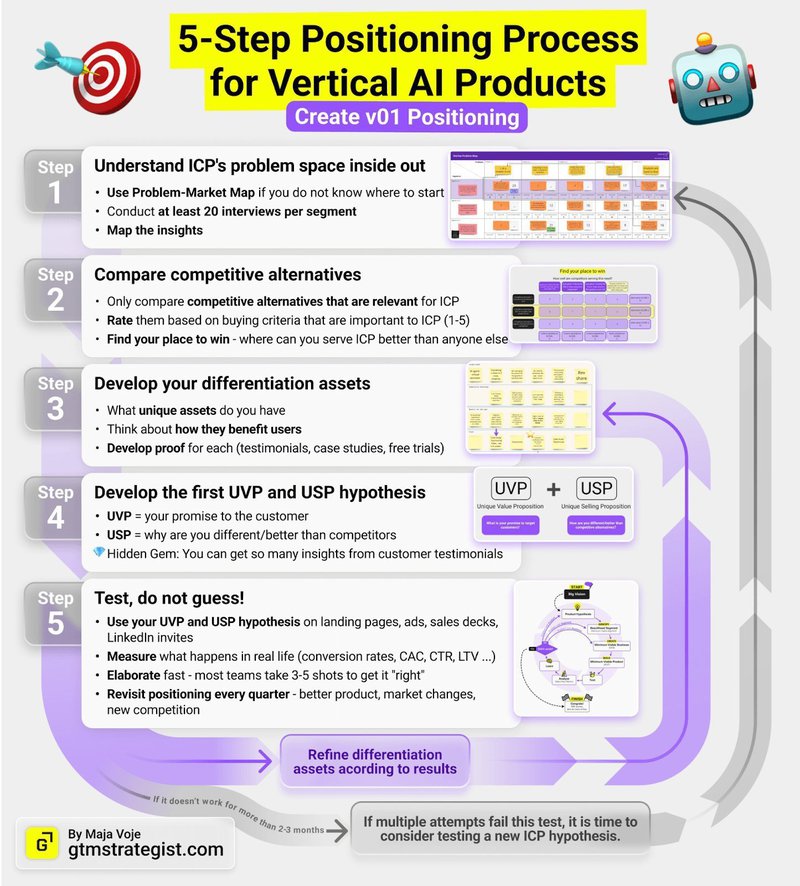
2. Enter with sales-led growth early on, layer in PLG later
Deploying self-serve freemium models, often found in PLG, is risky for AI-powered products. User onboarding is complex; deploying an agent typically requires custom setup, multiple API integrations, and workflow design. Few customers can do this on their own. As a result, most self-service users will likely not find the value they expect and churn quickly.
To deal with these problems practically, follow Maja’s playbook:
- Start with a sales-led approach: Founders (or senior product leaders) should directly run product demos, configure workflows, and help design success criteria for early adopters.
- Build a sustainable GTM process: You need to show predictable success across multiple customers before leaning on automation and PLG. Early hands-on work will reveal who your real ICP is, which features they value most, and what onboarding flows work.
- Use PLG to expand: After customers understand the value, you can let teams add new agents and workflows with minimal human intervention. Finally, instrument growth loops. Make it easy to invite colleagues, share workflows, or deploy new models so PLG reduces CAC and accelerates usage.
3. Embrace outcome-based pricing
AI isn’t “free.” If you’re building an AI app, your users incur real variable costs beyond basic hosting. Sure, you can apply for inception programs to get free credits to build, but that won’t last forever. Your product pricing must reflect ongoing infrastructure costs.
To protect margins, move flat fees to outcome and value-based pricing. Start by interviewing prospects to learn what they consider a good outcome, how they prefer to pay, and what they believe is a fair price.
Most teams choose a hybrid pricing structure that combines predictability with flexibility and makes it a win-win situation for both customers and vendors. Here are some of them:
- Tiered base + metered overage: Fixed monthly tiers with included usage, then pay-as-you-go above caps.
- Seats + usage: Charge per user (or workspace) for access, plus metered fees for heavy features (e.g., generations, minutes, tokens).
- Commit-to-consume: Customers commit to a monthly/annual spend (discounted) and draw down via credits; overages are billed at standard rates.
- Prepaid bundles: Sell packs (e.g., 1,000 generations) with expiration, optionally auto-top-up under a budget cap.
- Feature-gated tiers with pooled usage: Higher tiers unlock premium models/features; usage allowance is pooled across a team.
- Fair-use caps: Fixed price with soft caps that throttle or add clear surcharges beyond thresholds.
- Workflow-based pricing: Price around outcomes (documents processed, calls summarized) rather than raw tokens.
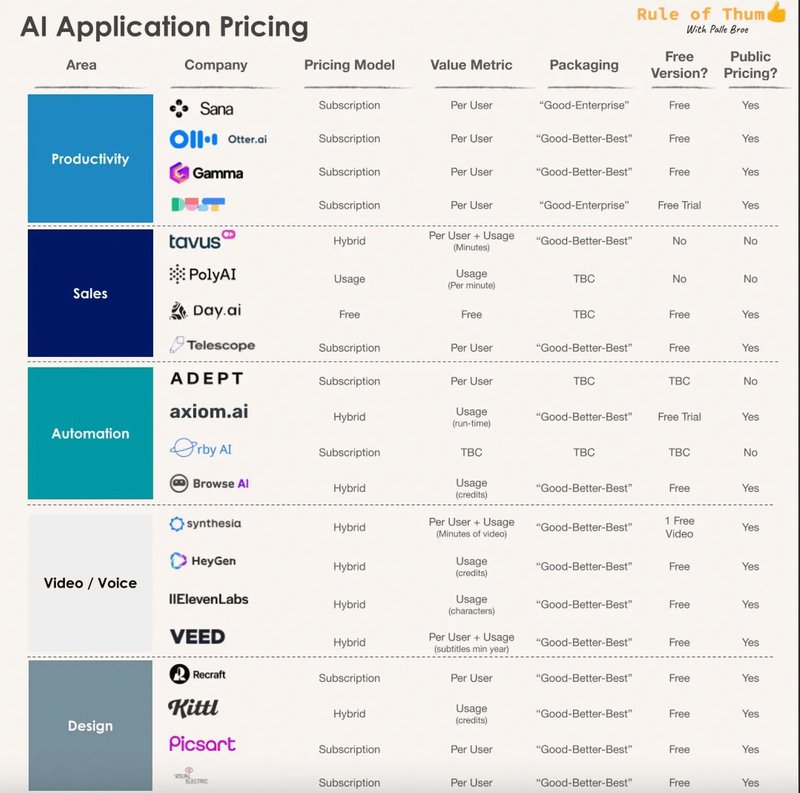
And remember, pricing isn’t static. Market shifts quickly, and so should your pricing in order to keep up. In fact, Maja notices that most successful companies have changed their pricing in the last quarter. Be prepared to run pricing experiments and iterate based on your learnings.
For example, to quantify acceptable ranges, you can run Van Westendorp’s price-sensitivity survey: ask when the price feels too cheap (quality concerns), a bargain, getting expensive, and too expensive. The intersection of those answers outlines a credible price window.
Then, test elasticity with the Gabor–Granger method: present multiple price points and measure purchase intent at each to see where demand drops off and which tiers convert best.
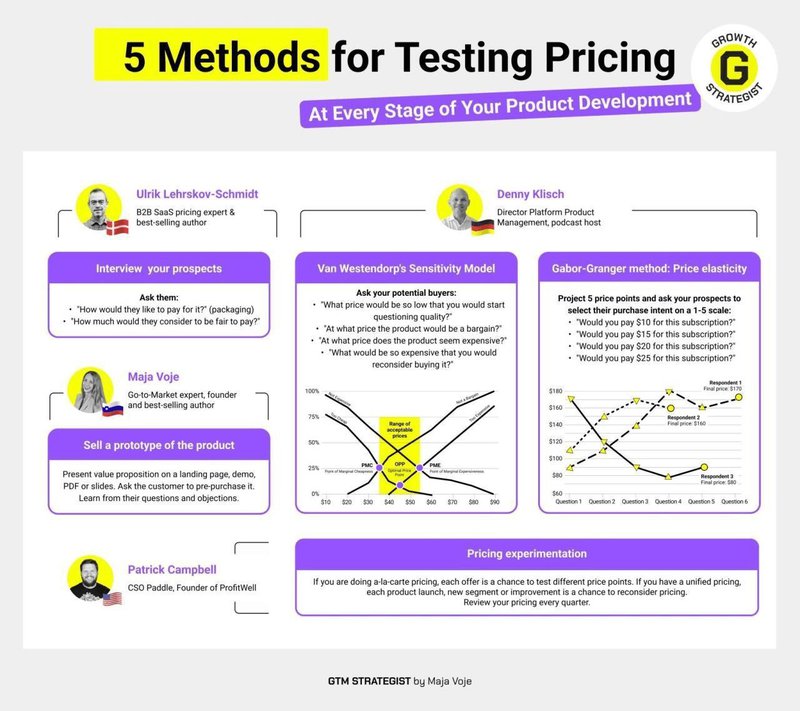
4. Lean into ecosystem marketing as your leading GTM motion
Organic reach on social media and search engines is shrinking, making once high-ROI channels harder to win. The smarter play is to shift your focus toward community-driven marketing and partnerships.
Building your own community takes a lot of time and effort. When you launch your own community, a handful of members will be there. You will have to engage fiercely to demonstrate the value added for them to deserve their continued attention. You will also have to create new habits for them to start paying attention and visit your community frequently to convert them to active members.
The faster path would be to penetrate existing communities where your target audience is already actively learning, seeking guidance, and discussing their business challenges. You can easily find dozens of active communities around AI topics across LinkedIn, Slack, Facebook, and WhatsApp.
However, remember that you won’t see immediate results; you are there as a stranger first and will need to earn the trust of existing members. The secret is that you create enough goodwill and add value to trigger the effect of reciprocity and the “top of mind” effect. That can only happen if you are consistently a great contributor.
If you’ve just joined a new community, here are the steps you need to follow:
- Gradually establish yourself in the community: Read several conversations to learn the context of the group, then start engaging meaningfully. When someone shares an opinion, ask additional questions that appear intelligent and knowledge-seeking.
- Give before you take: Your first post should be a non-gated, not promotional asset, which is extremely valuable for the group (think breakdown, analysis, case study, and lessons learned) without any call to action. Make 3-5x more value posts in the community, and if they land well, ask an admin for permission to publish an offer, event, or consultation.
- Continue being active there: It is a long game. Consistently create content on the core problems your agent solves. Over time, your potential customers will associate you with the practical solutions you’ve shared.
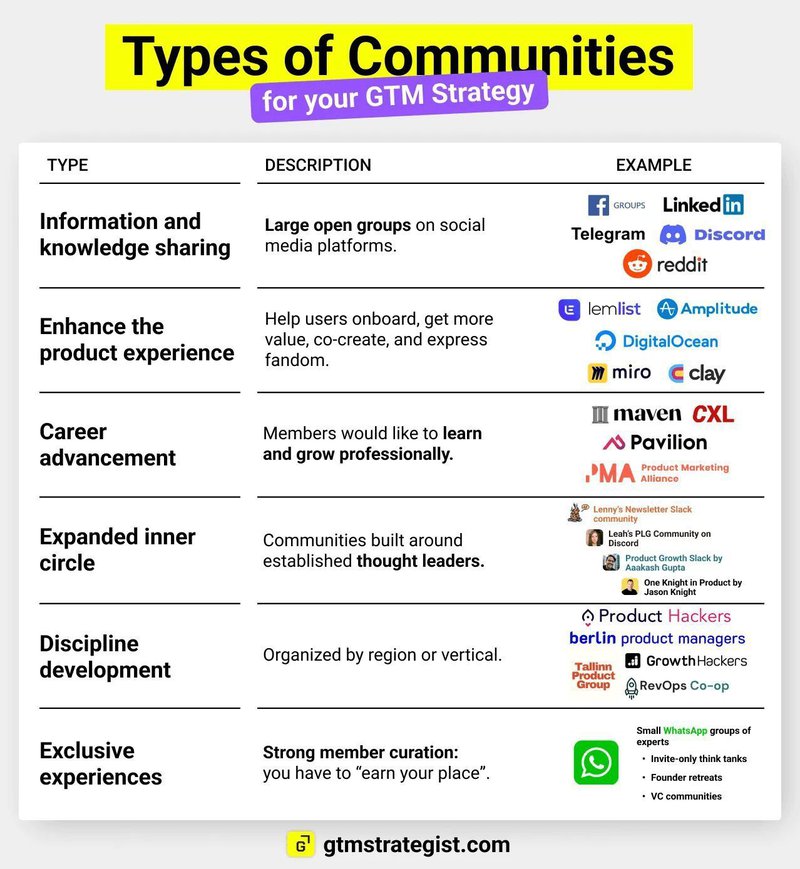
5. Use AI-assisted GTM workflows to 10x productivity
With AI tools, lean GTM teams can move faster than ever. That is, if they make AI adoption an organization-wide effort.
To achieve that, Maja recommends dedicating at least 8–10 hours a week to learning and testing AI. But she cautions against the common trap of stacking endless tools only to abandon them later. The smarter approach is to commit to a core set of tools, leaving about 20% of your capacity for experimentation. Test new tools for at least a quarter before deciding what stays and what goes.
From her own experience, Maja has relied on three core AI tools for over a year (ChatGPT, Claude, and Clay) while experimenting with up to four others to optimize specific areas of her business.
But most importantly, Maja emphasizes the importance of learning GTM engineering. This allows you to move beyond just doing single-point task automations, bring different tools together, and orchestrate advanced workflows to get the true AI-driven competitive edge.
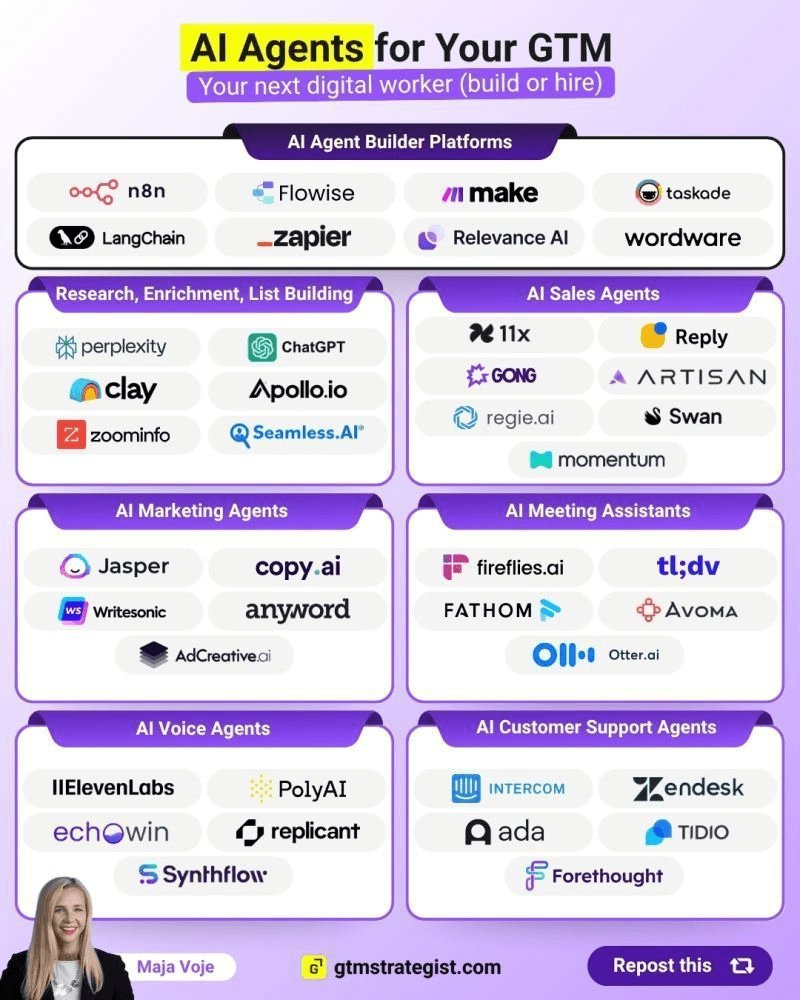
Join the AI product growth revolution with Maja!
Product Drive 2025 brings together the sharpest minds tackling product growth in the AI era. Alongside Maja, you’ll learn from experts like Elena Verna, Kyle Poyar, and other industry leaders who are defining what works in this new era.
Our free, live online conference runs October 7-8, 2025, with a limited 500 seats available for each session. So, reserve your spot quickly before they fill up.

